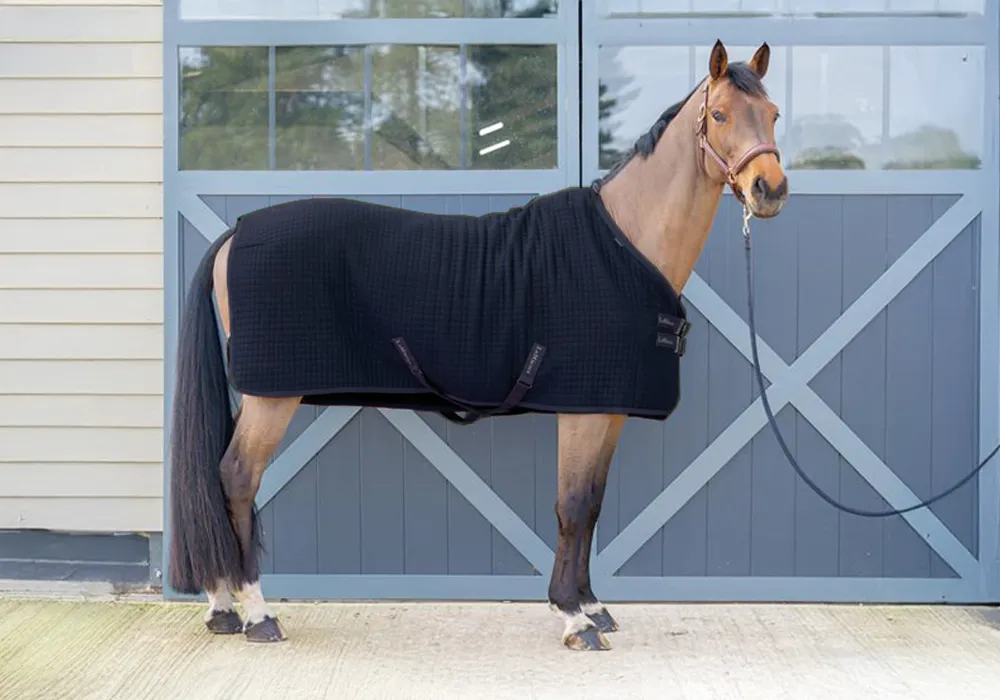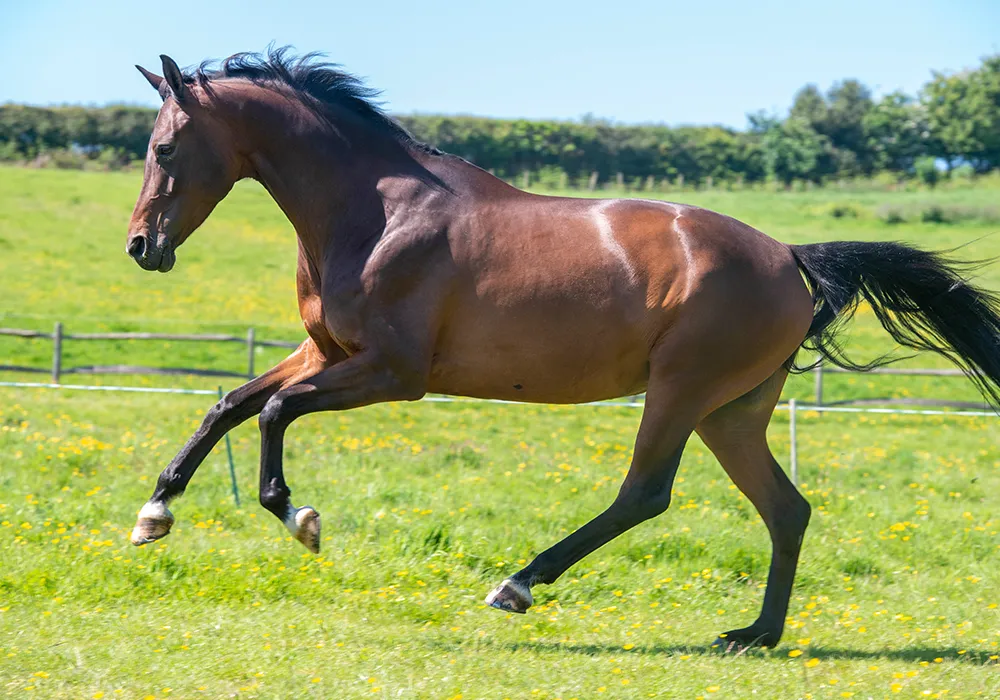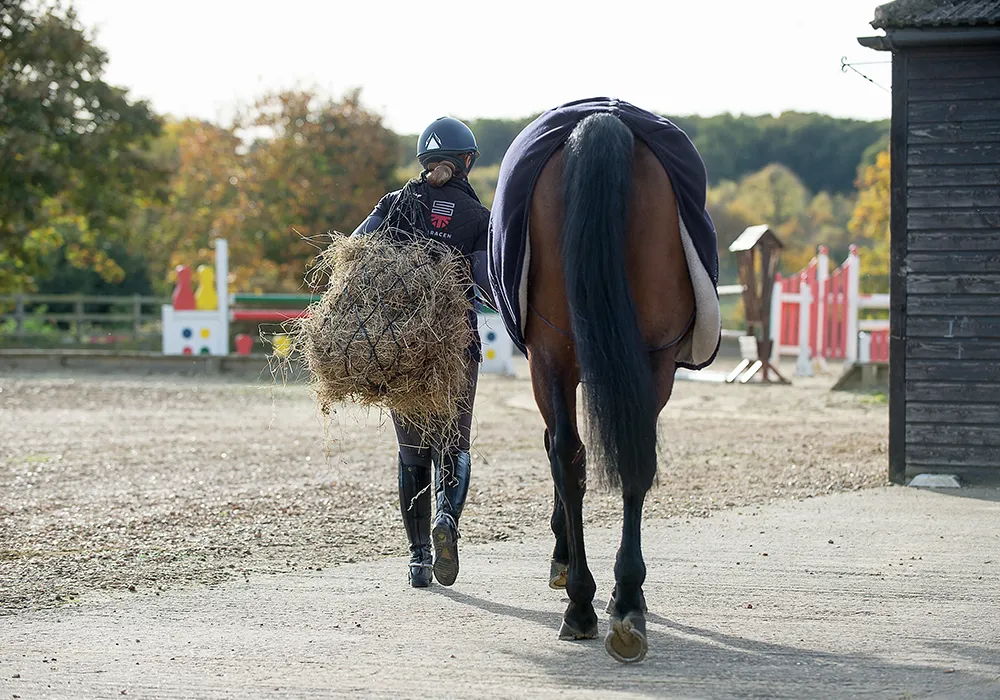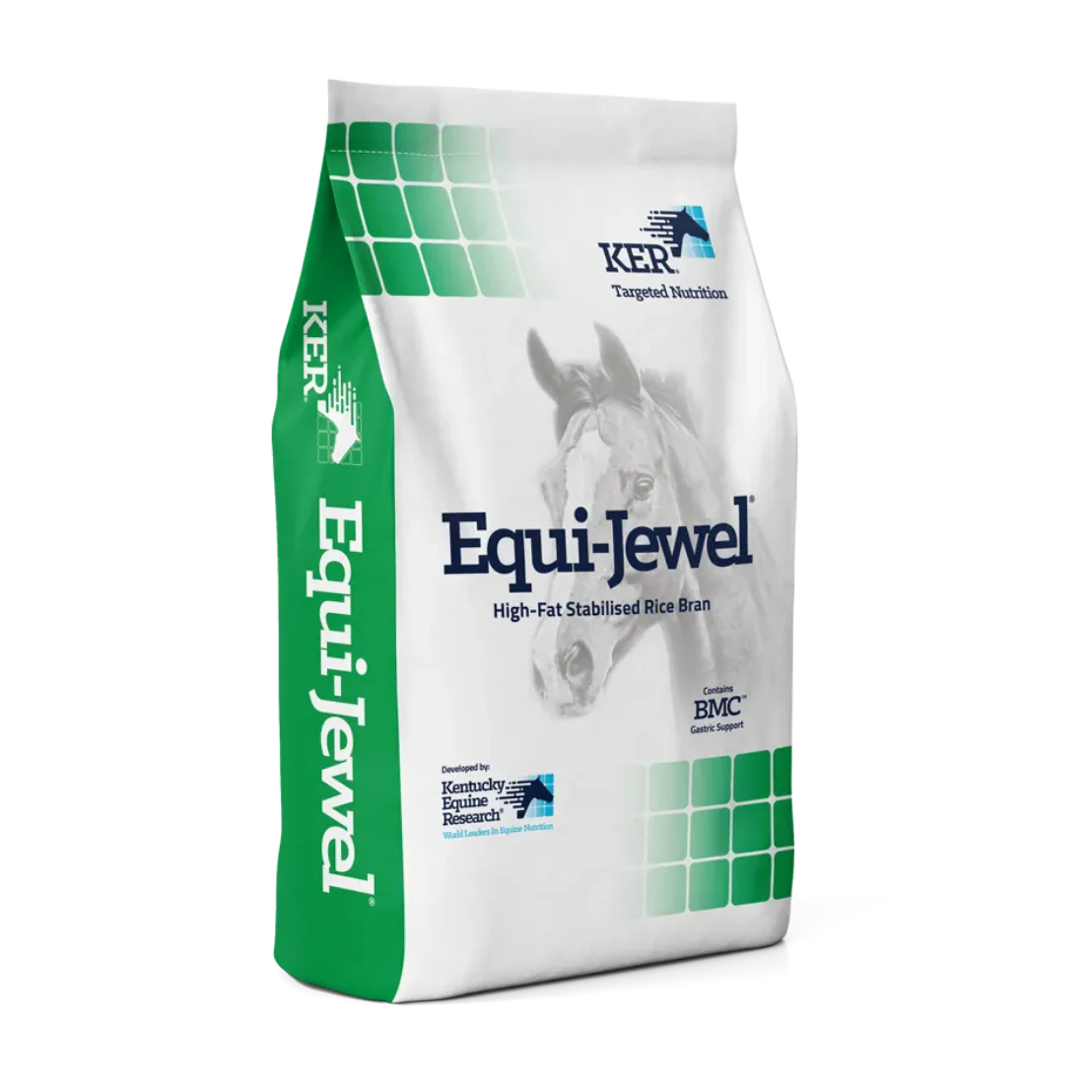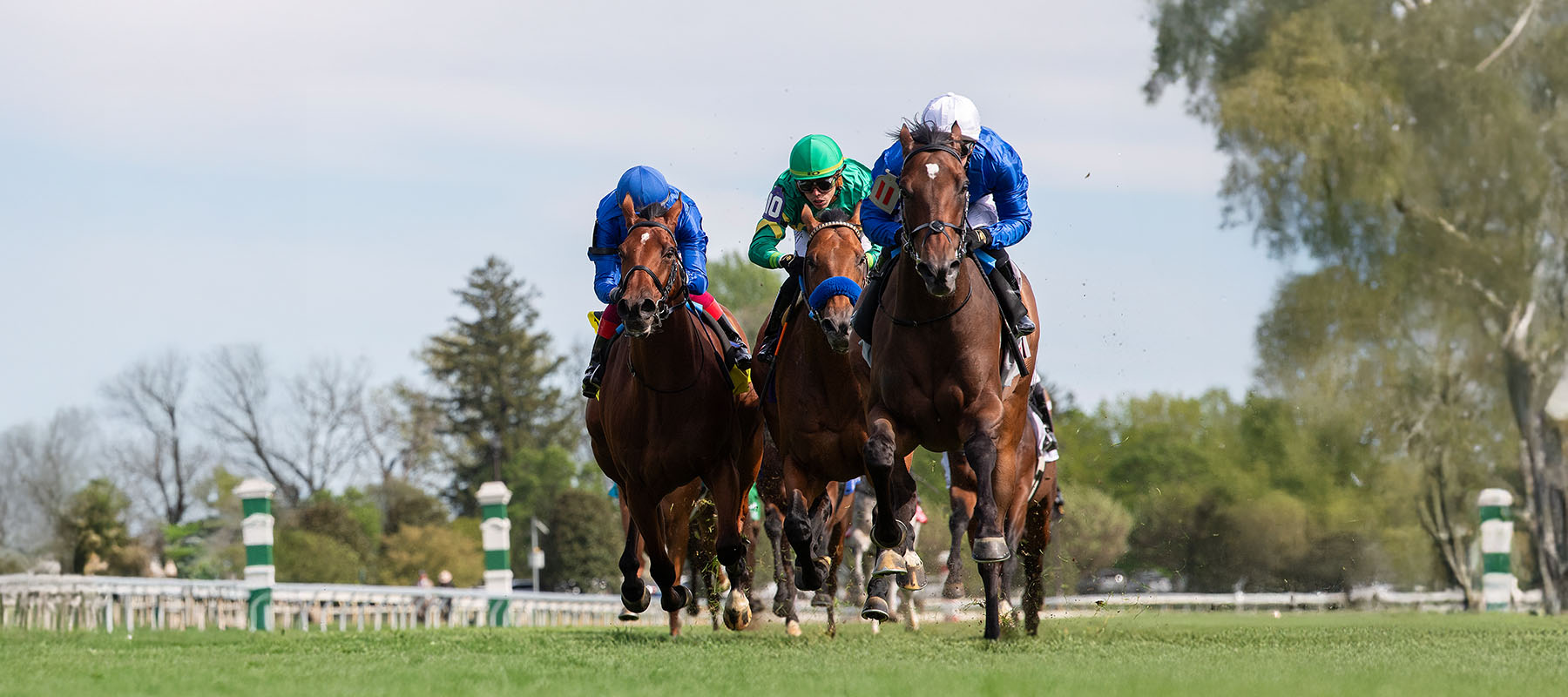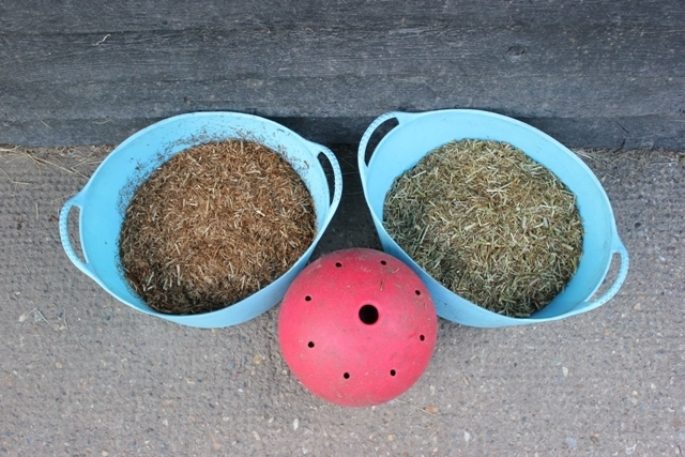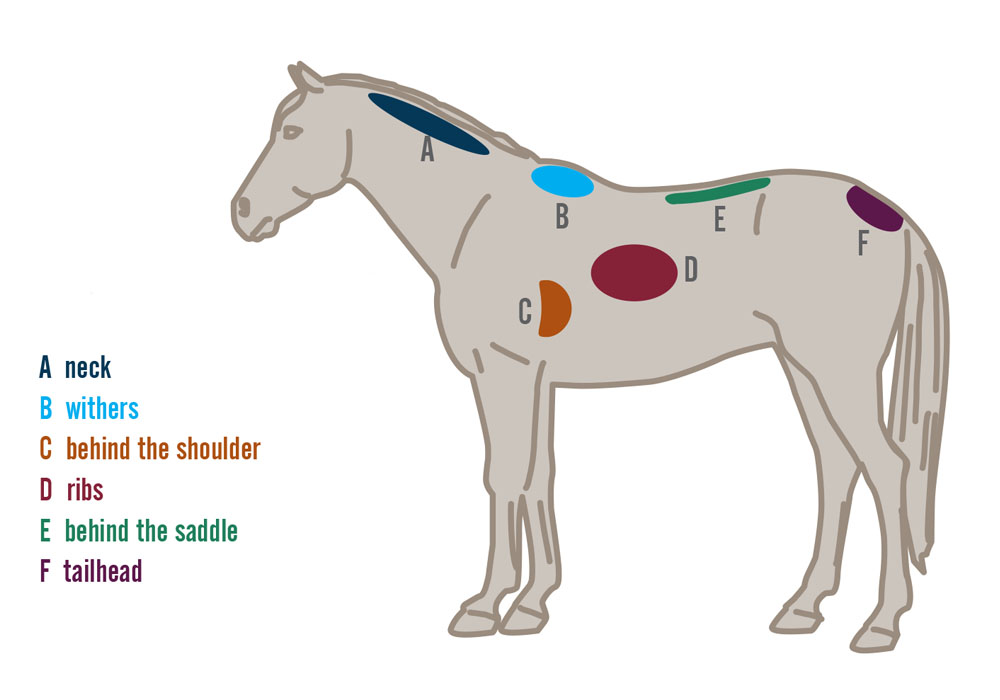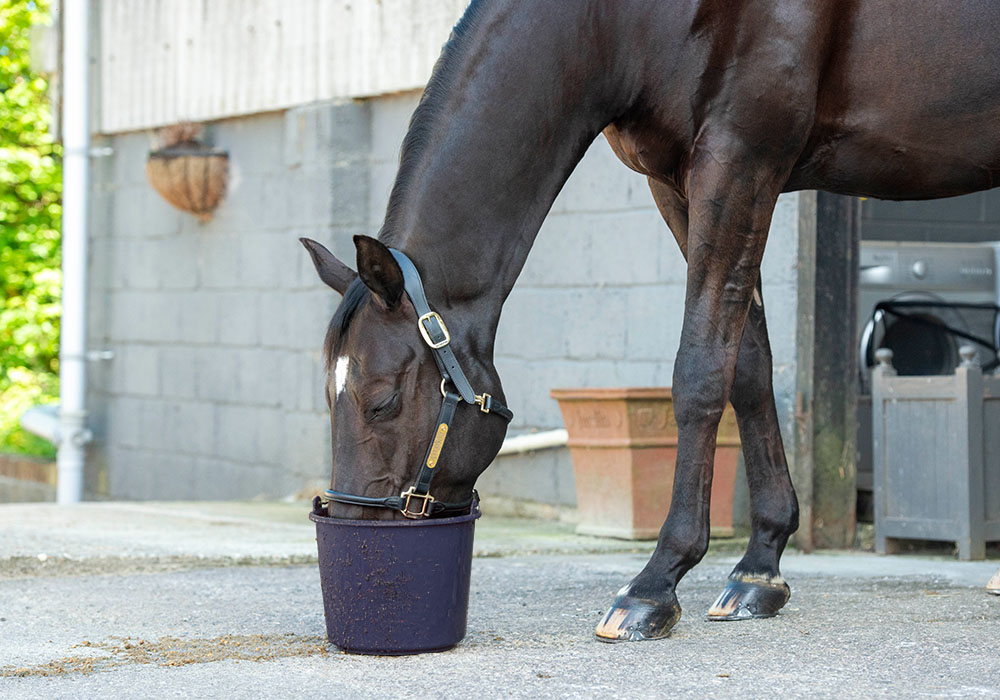Feeding the ex-racehorse
From track to yard, every ex-racehorse adjusts in its own way to new feed and handling
We all know that the Thoroughbred is often thought of as a tricky character, but, like all breeds, they are individuals and may react differently compared to their peers to any new management and feeding regime.
Feeding the Ex-Racehorse
Before your ex-racehorse arrives, gather as much detail as possible about their previous feed and exercise programme — it’s the key to reading the horse and making gradual, low-stress changes.
These articles – and topics of interest – below on: 'Feeding the Ex-Racehorse' will show you how:
